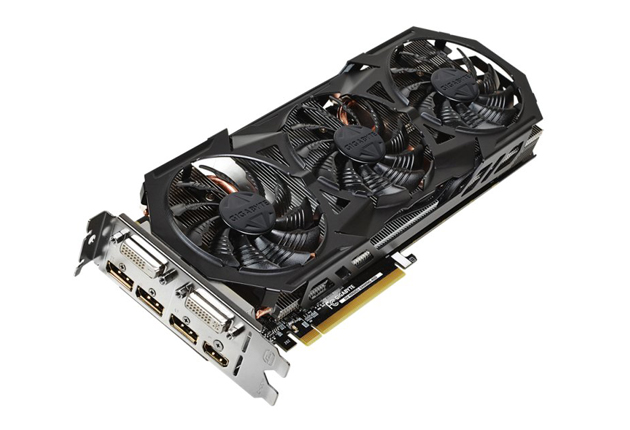

Common codecs such as MPEG-1/2, MPEG-4 ASP, H.264 and VC1/WMV9 are fully supported up to 4K resolutions while VC1 and MPEG-4 are supported up to 1080p. The 5th generation PureVideo HD video processor (VP5) is also integrated in the GK104 core and offers hardware decoding of HD videos. However, as most laptops will feature Optimus, the integrated GPU will likely have direct control over the display ports and may limit the feature set available by the Nvidia Kepler cards. Furthermore, high resolution monitors of up to 3840x2160 pixels can be connected using DisplayPort 1.2 or HDMI 1.4a (if available). HD-Audio codecs, such as Dolby TrueHD and DTS-HD, can be transmitted via bitstream mode through the HDMI port. The feature set includes support for up to 4 active displays. The GPU has enough power to run demanding games of 2013/2014 fluently with Full HD resolution and maxed out graphical settings. The chip can access up to 8 GB of GDDR5 memory connected via a 256-bit interface.ĭue to the higher core clock, the computing power has been increased by about 15 percent compared to the GeForce GTX 780M. However, the memory bandwidth stagnates, so the average performance gain is lessened. Our benchmarks show an increase of about 10 percent, making the GTX 880M the fastest mobile graphics card as of spring 2014. In the GTX 880M, all eight blocks are active for a total of 1536 CUDA cores and 128 TMUs. The GK104 Kepler core offers eight shader blocks, called SMX, that are clocked at the same speed as the central core.

The Kepler architecture is the successor to the Fermi architecture that first appeared in laptops with the GeForce 400M series.

As of spring 2014, it is the fastest laptop graphics card on the market. Similar to the GTX 780M, it is based on the 28 nm GK104 chip (Kepler architecture), but features a higher core clock rate. The NVIDIA GeForce GTX 880M is a high-end DirectX 12-compatible graphics card for laptops unveiled in March 2014.


 0 kommentar(er)
0 kommentar(er)
